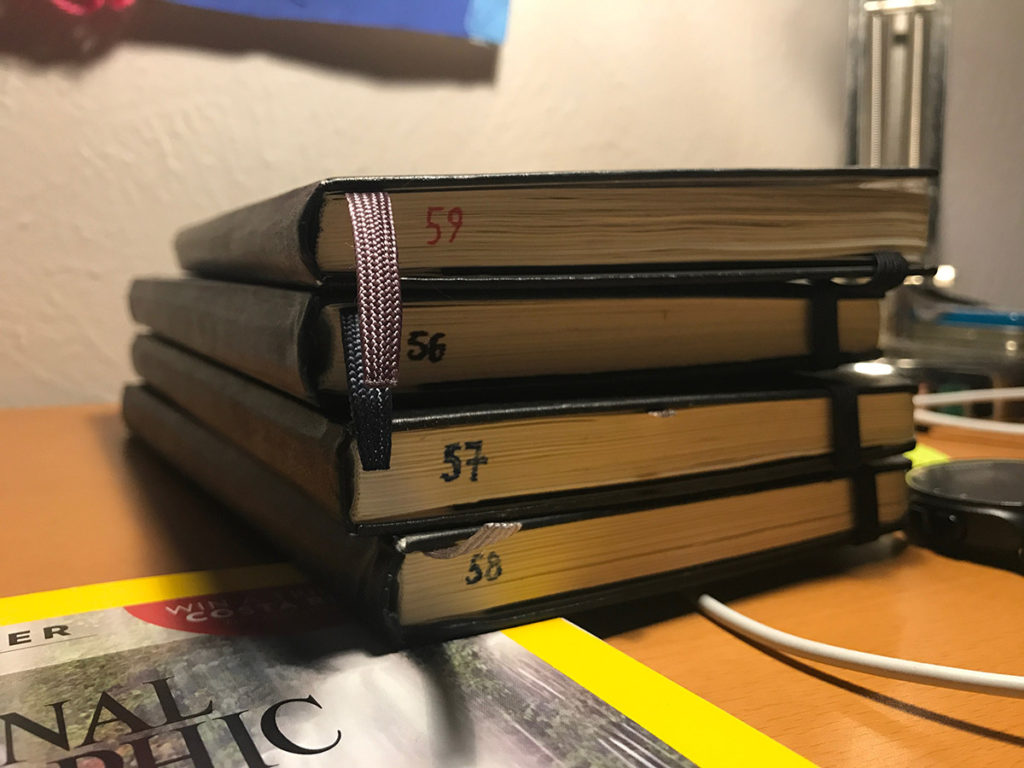Finding ideas
Wouldn’t it be nice if ideas came nicely packaged and fully formed, waltzing up to us and proclaiming “Here I am, a brilliant idea ready to change the world!” That would make it so much easier! But no, they don’t just come — you have to go out and find them.
How to Create Change in Your Organization
As Heraclitus alluded to centuries ago, change is the only constant. This is as true now as it was in 500 BCE. In fact, change is more than constant, it is ubiquitous and palpable. Companies used to compete by optimizing operations and getting more efficient. But now advantages gained from efficiency are becoming the norm in every industry, and to compete it’s necessary to innovate and evolve. So how can you go about helping your organization change and adapt?
This 10-Minute Routine Will Increase Your Clarity And Creativity
What happens on your subconscious level influences what happens on your conscious level. In other words, what goes on internally, even unconsciously, eventually becomes your reality.
“It’s through drawing that your head starts working” – The New Yorker’s cartoonist Joost Swarte
Why this digital age calls for analogue agencies
Do we live in a digital age, or one in which analogue continues to thrive?

What’s in my moleskine from IDEO
10 Drawing Myths That Block Your Progress
Drawing seems like a fun skill. It makes it possible to bring your ideas out, to show them to others in shape and color. And all this with a few simple tools! No wonder that so many people dream of learning how to draw. Unfortunately, this kind of skill sometimes seems impossible to attain. Why is it harder than, let’s say, playing chess or cooking?
A deadline and a dream? What are the essential ingredients of the perfect creative brief?
A killer brief can make the difference between good and great creative work, writes Claire Bridges. It must tell your team where you are now and where you want to be
A Simplified Look Into The Design Thinking Process
The design thinking process consists five steps—emphatize, define, ideate, prototype and test. A scenario is also included for better understanding.
